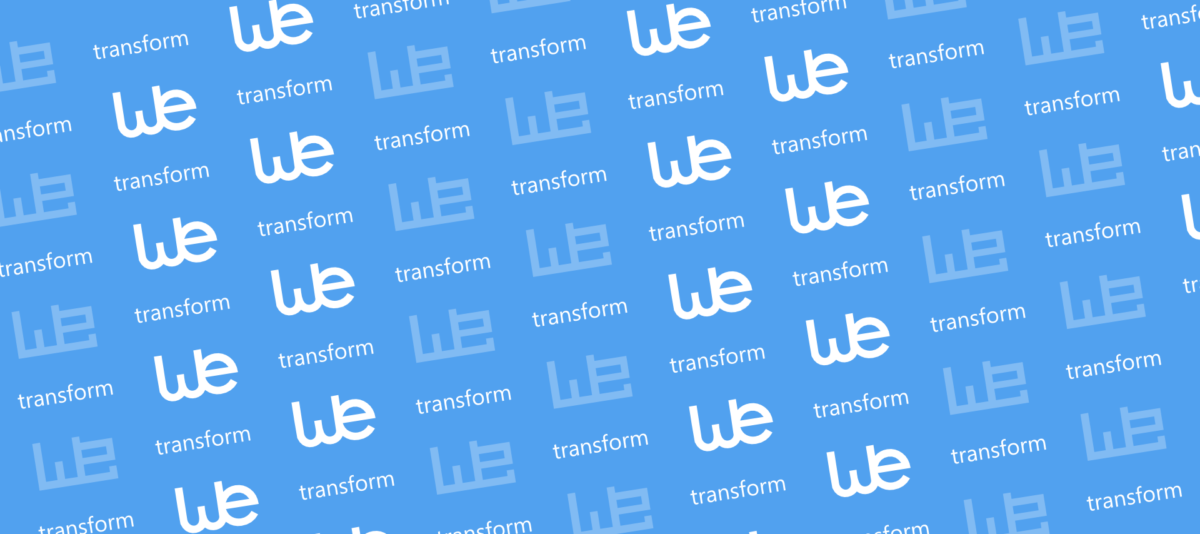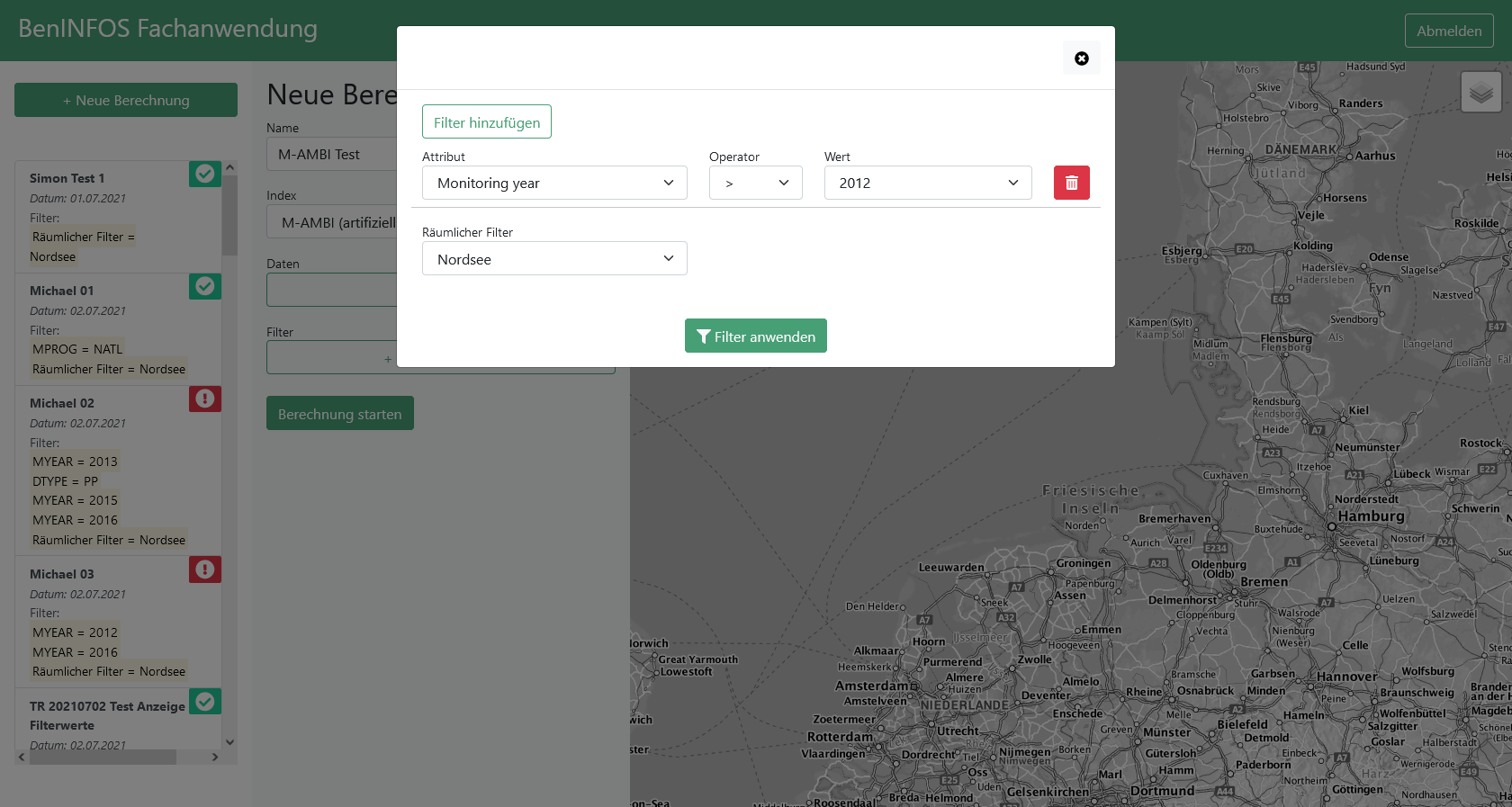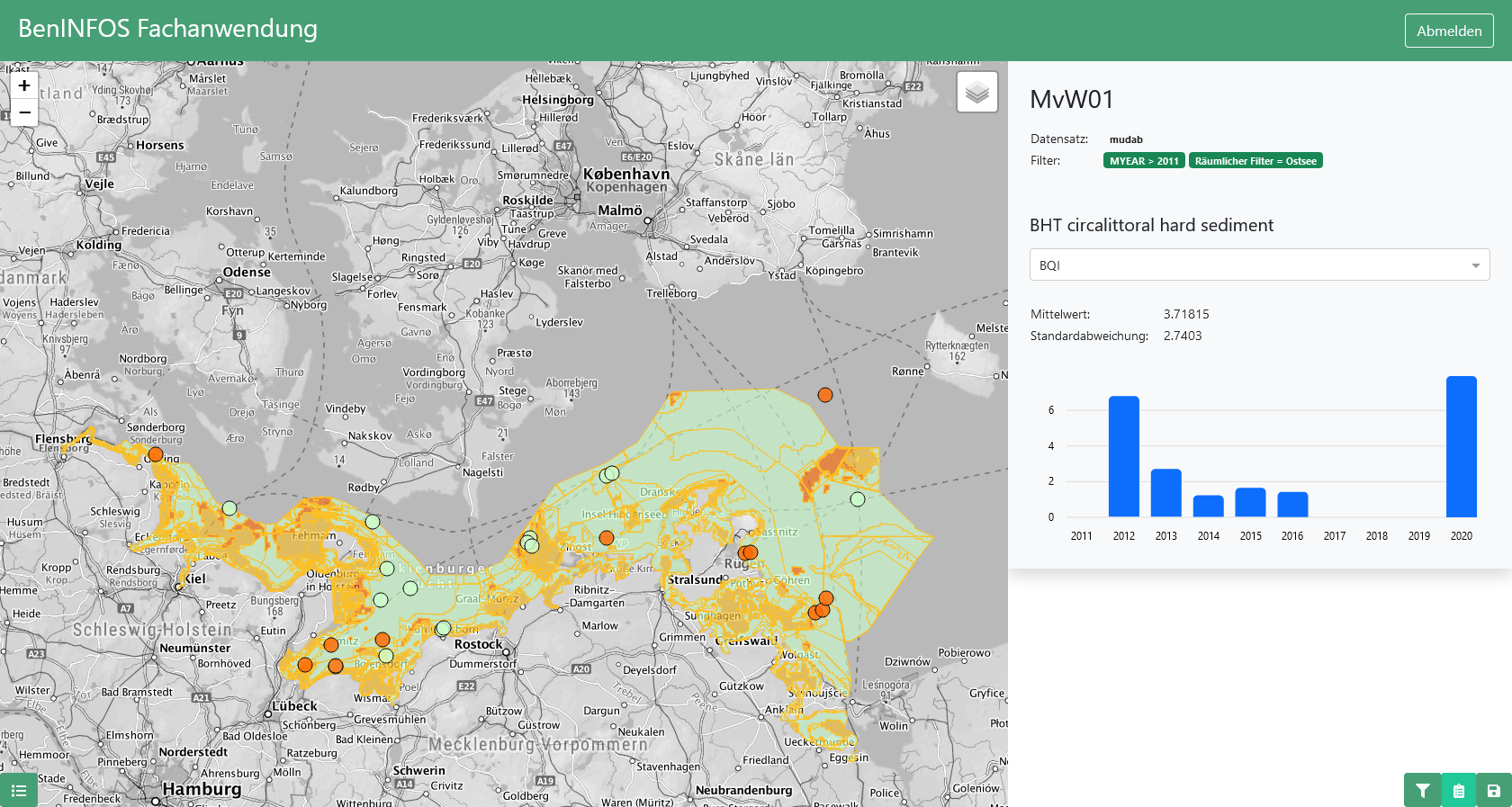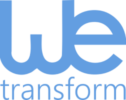
Supporting MSFD Seabed fauna assessments with BenINFOS
Over the past 10 months, we’ve worked with a group of organisations from Germany including the Lower Saxon State Department for Waterway, Coastal and Nature Conservation (NLWKN), the Federal Agency for Nature Conservation (BfN), and the Federal Insititute for Hydrology (BAFG) to build a benthic information system called BenINFOS. Now, that system is available, and we’d like to introduce the project to a wider audience.
The Fach AG Benthos has the task of implementing the requirements of the Marine Strategy Framework Directive for assessing the status of the seabed fauna within the framework of the Federal / State Working Group North and Baltic Sea (BLANO).
Benthic data from these decentralized structures has to be digitally combined for the first time in this project.
The BenINFOS Project
In summer 2020, people from the German expert group on benthic information reached out to us to discuss a potential project. After a tendering procedure, wetransform and AquaEcology were tasked with the implementation of a first version of a Benthic Information System.
This system should help experts in the “Fach AG Benthos” with the task of implementing the requirements of the Marine Strategy Framework Directive (2008/56 / EU, MSFD) for assessing the status of the seabed fauna within the framework of the Federal / State Working Group North and Baltic Sea (BLANO).
- Aggregate and consolidate benthic data from decentralized structures and provide this in a standardized BenINFOS data model - Calculation of the index values required for valuation (M-AMBI, BQI) and transparent presentation of the calculation levels
- Implement the calculation of two indices (M-AMBI and BQI) that allow to assess the state of the benthic ecosystem
- Export the calculated indices together with all log files and source data, to ensure full transparency and repeatability
- Provide further data integration options for additional stakeholders and processes
- Make the resulting uniform assessment accessible by means of an online application (BenINFOS specialist application) and through download and view services
For us, a project like this is very interesting, because it is about really using data that comes from different sources and organisations. As expected, there were a lot of challenges hidden in that area.
Challenges to Overcome
The different stakeholders in the domain working group had already implemented a common schema for their data, called ICES (developed by a working group in the organisation of the same name). However, even given the same GML application schema for the data, individual data sets still contained significant heterogeneity. We had to find solutions for problems such as:
- Incomplete data to apply the methodologies, such as missing salt content or depth information for individual probes
- Mismatched classification systems, e.g., for species names
- Errors in spelling of species’ names and other properties
- Minor technical issues in the format and encoding
Over the course of several months, we iterated both over the data, the actual R scripts that perform index calculations, and the web application used to manage and visualise individual index calculation runs. The teams at wetransform and AquaEcology worked together intensively with domain experts to find practical solutions and to ensure a high-quality result.
During these iterations, there were still some doubts as to whether such a system could be applied to all existing data sets, but most stakeholders were able to get the expected results from the integrated data towards the end of the pilot project.
The Results and Next Steps
At the end, the pilot project came to a positive conclusion. It offers an easy to use, straightforward process to integrate data sets and to configure index calculation runs.

The platform also lets you visualise and download the results of such runs, as shown below.

The pre-processing steps and calculation scripts take care of a lot of required contextual information and create very detailed logs and outputs. All of this was implemented on top of an existing hale»connect on-premise deployment that is operated by plangis on behalf of the Federal Waterways Engineering and Research Institute (BAW). This project added a custom microservice for the M-AMBI and BQI R script execution, custom workflows, and a web application based on the hale»connect feature explorer.
There is still work to do to make the system fully operational, such as further improvement of the individual source data sets and adding the possibility to also publish result data sets as services automatically.
A second project phase will likely start in late 2021. In it, we also hope to bring more organisations around the Baltic Sea and the North Sea on board with the system. In the next months, we will also write and submit a scientific paper to explain what was done in greater detail.
If you are interested in staying up to date about this development, sign up for our newsletter here.



